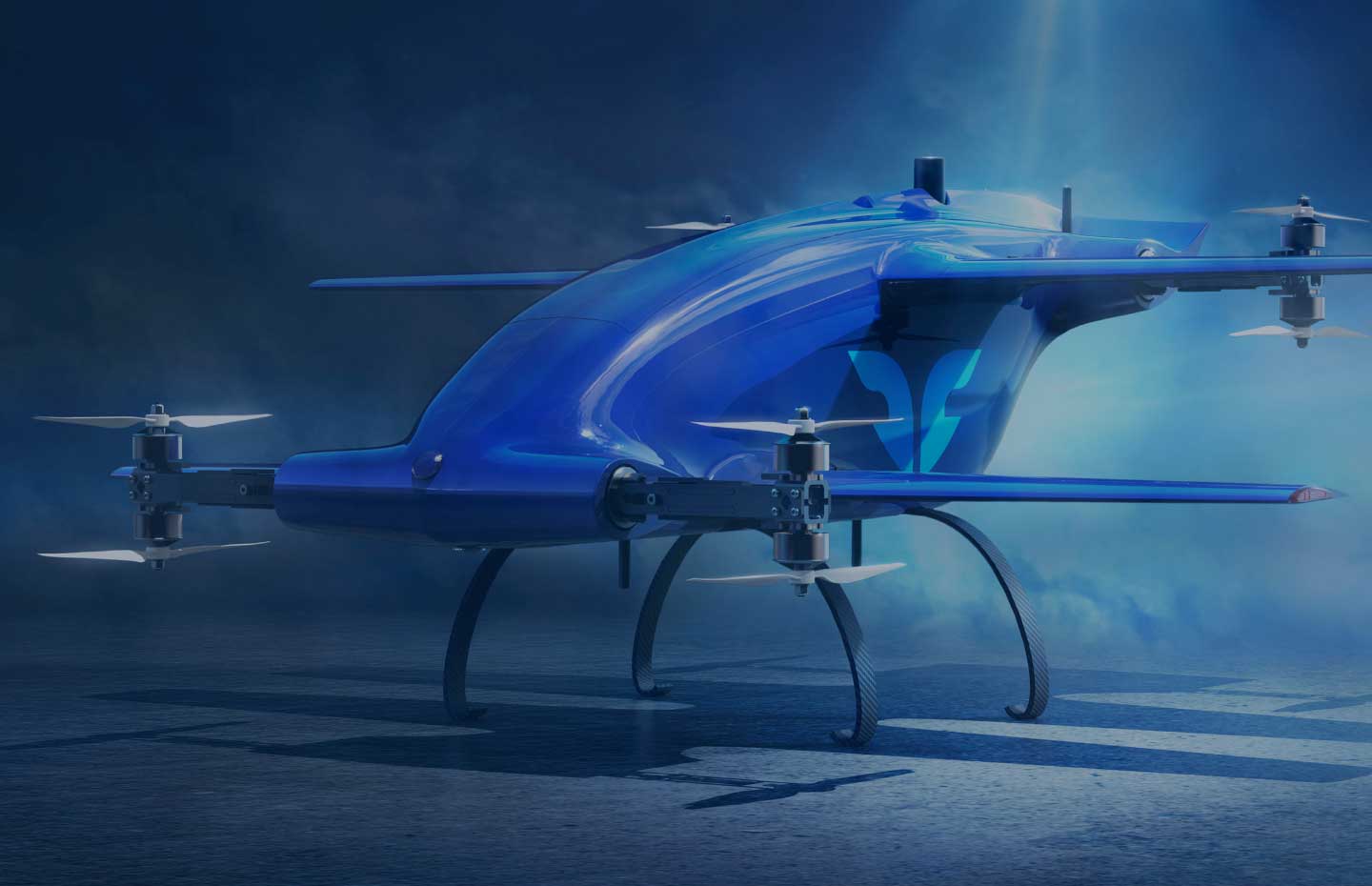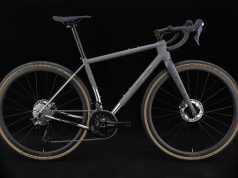Blueflite has set itself the goal of meeting the growing global demand for safe and reliable hydrogen storage for unmanned aerial vehicles (UAVs). The project is supported by the Australian Northern Territory (NT) Government.
As part of the project, Blueflite plans to open a manufacturing facility in Darwin to produce lightweight hydrogen containers using Advanced Fiber Placement (AFP) technology, specifically designed for the underserved long-range UAV market.
A key role in this project is the collaboration with Charles Darwin University (CDU), which has advanced additive manufacturing capabilities. This includes an industrial robot with advanced AFP capabilities, the only one of its kind in Australia, which offers a significant advance over traditional composite container manufacturing methods. Long-range UAVs are key in various sectors such as the medical, agricultural and mining industries, particularly in geographically isolated or wide-ranging regions such as the Northern Territory.
Chief executive officer of blueflite, Frank Noppel, said: “UAVs have the potential to shrink distances, increase services in remote areas and decarbonize last mile transportation. In conjunction with CDU, H3 Dynamics and support from the Northern Territory Government we will establish a composite hydrogen tank manufacturing capability that does not exist in Australia and integrate it into our proven UAV platform.”
In medicine, UAVs enable the fast and efficient transportation of medical supplies and emergency services to remote areas, significantly improving the accessibility of healthcare. In agriculture, drones can revolutionize crop monitoring, precision agriculture and pest control, leading to greater efficiency and more sustainable farming.
A report by Airservices Australia predicts that the number of drone flights (with take-off and landing) will increase to around 60.4 million by 2043, up from 1.5 million in 2024. This increase is mainly driven by the use of drones for goods delivery, an industry that is expected to grow exponentially over the next 20 years.
AMGC’s Northern Territory director, Charmaine Phillips, said: “The Northern Territory is ideally positioned to assist blueflite and its collaborators to succeed, not only do we have the right geographical conditions, but we also have the right support mechanisms and innovation ecosystem. Projects like this really lift our manufacturing industries eyes beyond the horizon and demonstrate our role in the transition to renewable energy.”
The global drone market, which will reach a volume of around 30 billion dollars in 2024, will grow to 223 billion dollars by 2033, with long-haul drones accounting for almost a quarter of this market. With increasing demands for long-haul flights, interest in new forms of fuel such as hydrogen is also growing. Blueflite plans to offer a scalable solution for various UAV applications that could significantly increase the range and efficiency of drones by integrating hydrogen fuel cell technology.
Subscribe to our Newsletter
3DPresso is a weekly newsletter that links to the most exciting global stories from the 3D printing and additive manufacturing industry.






















